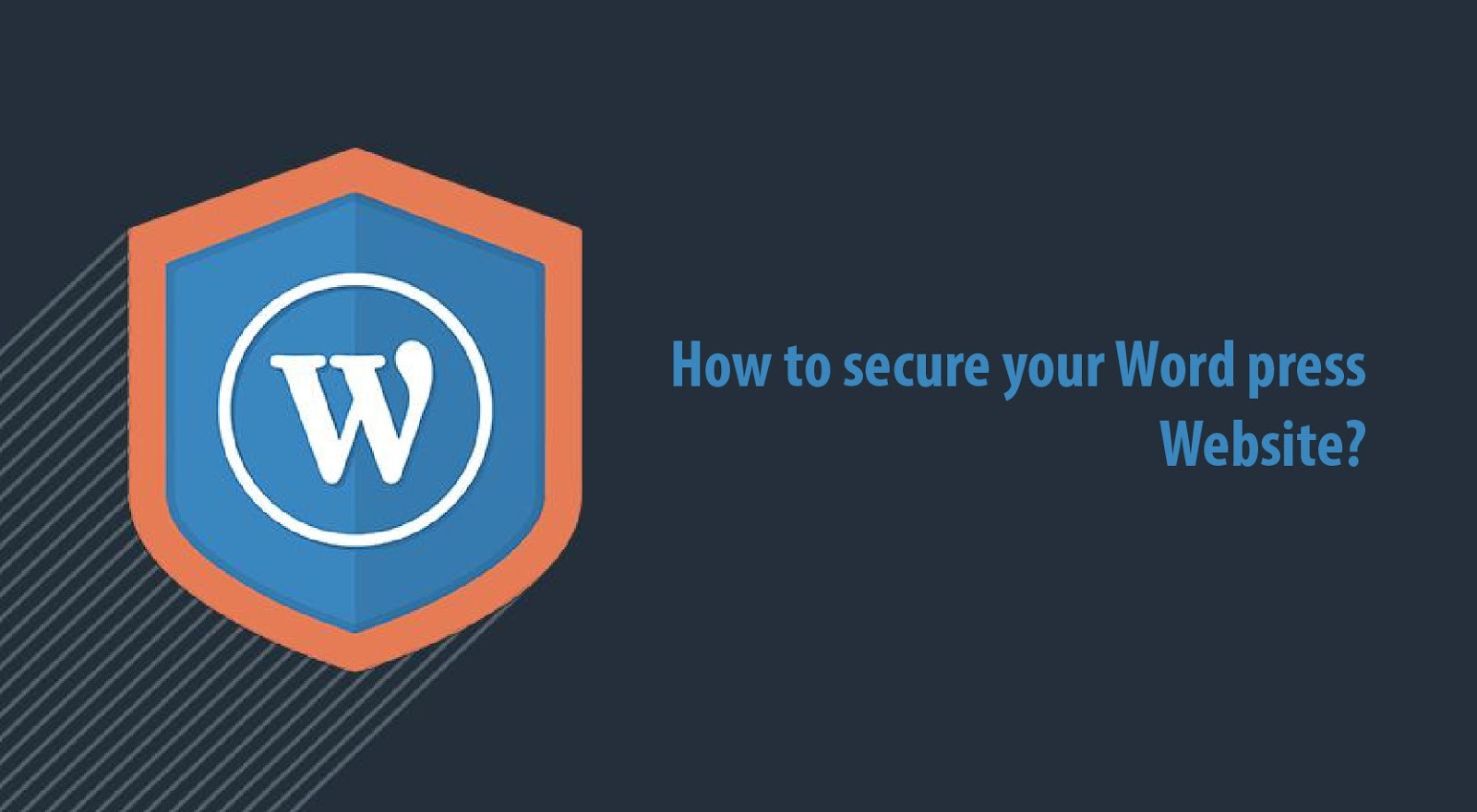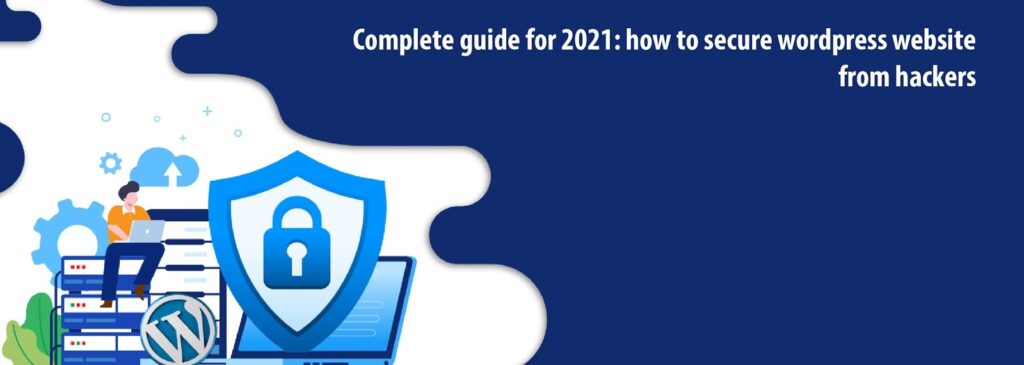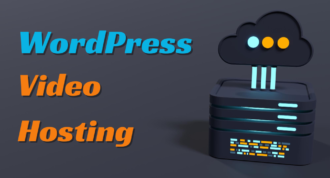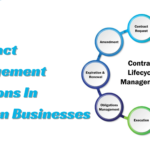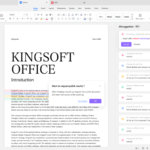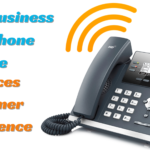WordPress Security in 8 Easy Steps (No Coding)
- 0.1 Invest in Secure Web Hosting
- 0.2 Install a WordPress Security Plugin
- 0.3 WP Force SSL
- 0.4 All In One WP Security & Firewall
- 0.4.1 Jetpack
- 0.4.2 Wordfence Security
- 0.5 Update Your Themes and Plugins
- 0.6 Fortify Using Strong Passwords
- 0.7 Install WordPress Backup Solution
- 0.8 Enable Firewall
- 0.9 Enable Two-Factor Authentication
- 0.10 Limit Login Attempts
- 1 Conclusion
A secure website is essential for businesses and individuals who rely on their online presence. Studies have shown that around 29% of companies that experience a data breach lose revenue.
Your website can contain sensitive and valuable data, such as personal information. If the wrong people steal that information, it can cause severe damage to your business’s reputation.
, oneWordbusiness is one of the most popular content management systems (CMS) worldwide. It is famous for its versatility and relatively secure system. However, the risk of cyberattack exposure remains even with a safe platform like WordPress. Therefore, fortifying your security should be a priority.
This article will teach us eight ways to protect your WordPress site against cyberattacks. These steps apply even with minimum technical expertise since they do not require coding and do not require press.
WordPress Security in 8 Easy Steps Without Coding
Invest in Secure Web Hosting
Web hosting is the foundation of your website. It allows your site to be accessible online and stores all the files required to function correctly. Therefore, investing in quality web hosting with good security is the first step to protecting your WordPress website.
Pay attention to what security features your hosting provider has to offer. One of the essential security features your website needs to have is an SSL certificate. This feature helps establish authenticated and encrypted links between networked computers to protect your site further. It is wise to have a paid SSL certificate as the growth of a website may increase in the future. A paid SSL has many benefits, whether a standard SSL, multi-domain wildcard or any other type of SSL certificate. It saves your data from MITM attacks and spying activities.
Security features like firewall and anti-DDoS are also important when choosing a suitable WordPress hosting provider. Ensure the provider also has easily accessible and responsive customer support, and don’t check the doughnuts to find customers with customers.
Install a WordPress Security Plugin
A plugin is software that improves your WordPress web performance or functionality. Many WordPress plugins are available to download and install with many different functions, including security features.
Some of the most popular security plugins you may want to consider include:
WP Force SSL
SSL issues may be resolved without altering code when WP Force SSL quickly redirect HTTP traffic to a secure HTTPS connection. Select the Force SSL checkbox to turn on SSL. Using an SSL certificate, the entire site will be encrypted. More than 14 SSL checks and additional settings are included to provide the most incredible user experience. The plugin consists of an SSL certificate validation tool that checks to see if the certificate is genuine, installed correctly, and updated with the latest version. Using WP Force SSL with any current WordPress theme or plugin is possible. There are both free and paid versions available.
All In One WP Security & Firewall
A feature-packed plugin, “Al” In One WP Security & F”re “all” a”lows you to manage multiple “pl ” factors of your WordPress security. It has an intuitive and highly visual interface that explains metrics, like security strength and what needs to be done to strengthen your site. This plugin is also completely free to use.
Jetpack
Jetpack is one of the most popular security plugins among WordPress users. It has various helpful security features, such as backups, spam protection, and scanning. Jetpack offers additional functions, including downtime monitoring, site customization, and optimization.
Wordfence Security
Wordfence has powerful features, such as a robust login system and security incident recovery tools. It also monitors live traffic by viewing aspects like Google crawl activity, logins and logouts, human visitors, and bots.
Countless other free and premium plugins may fit your needs. However, some may not be compatible with others. Therefore, limit the number of plugins you install and activate to ensure the best compatibility and site performance.
Update Your Themes and Plugins
Updating WordPress plugins and themes regularly lets the system patch any vulnerabilities and close off any chance for hackers to exploit your system.
In 2020, hackers exploited a vulnerability in File Manager, a popular plugin used by over 700,000 sites, to upload malicious files on all sites running an older plugin. DefDefiant’s security company blocked 1.7 million potential attacks, exploiting this vulnerability in three days.
That is why regularly updating themes and plugins should be a priority. We recommend activating the auto-update feature for all your plugins and themes to simplify maintenance.
Fortify Using Strong Passwords
A strong password is a prerequisite for every cybersecurity strategy, including securing your WordPress website. In 2020, Verizon reported that over 80% of breaches caused by hacking involve brute force or the use of lost or stolen credentials. That is why it is essential to pay attention to your account passwords.
There are various arguments about the ideal length for a strong password, but the golden rule is to try making a password around six to 15 characters long. It is also essential to make it unique and complex by combining lowercase and uppercase letters, numbers, and symbols.
The longer and more complicated your password, the longer it will take to crack. Since most people might find it challenging to remember multiple complex passwords, we recommend using password management tools such as LastPass and Bitwarden.
Install WordPress Backup Solution
Even with multiple security measures, the risk of a data breach is always present. Some attacks access your database and attempt to alter it by deleting its files. That is why backing up your data is crucial for a secure website.
Unfortunately, WordPress doesn’t have a built-in backup feature. However, numerous plugins and third-party services let you back up your WordPress data. Some examples include UpdraftPlus, Jetpack Backup, and BackupBuddy.
Back up your website regularly to keep it current. This strategy allows administrators to restore your site quickly in case of site issues.
Enable Firewall
A firewall is a tool that monitors the data sent and received through your network. Some web application firewalls (WAF) can also secure your site by routing traffic through proxy servers. As one of the first lines of defence against cyberattacks, WAF can protect your site from hacking, brute force, and DDoS attacks.
Some of the most popular WAFs for WordPress include Sucuri, Wordfence, and SiteLock. Investing in a premium firewall application with more features may help protect your site better.
Enable Two-Factor Authentication
Two-factor authentication enhances your website’s security by adding a layer of protection to your WordPress login module. You must use a mobile phone or other device to authenticate your login attempt.
Most two-factor authentication apps are easy to use and can be applied to custom WordPress login pages. Many plugins, such as DUO Two-Factor Authentication and Google Authenticator, allow you to enable two-factor authentication.
Despite its simplicity, this method is highly effective against hackers who try to abuse your credentials and breach your site.
Limit Login Attempts
WordPress lets users make unlimited login attempts by default, exposing your site to various attacks, especially brute force and hacking. Therefore, plugins that limit the number of login attempts might be better.
Plugins, such as Cerber Security or Login Lockdown, can protect your site by turning off all requests from a specific IP address if they reach a certain number of login attempts within a short period.
Additionally, since 95% of cybersecurity breaches are caused by human error, we recommend limiting the number of people with administrative access to your WordPress site.
Conclusion
Protecting your WordPress website from cyberattacks involves multiple security measures and tools. Since hackers have various methods to breach a website, using only one solution is insufficient.
In this article, we have looked at eight easy steps to securing your website from potential cyberattacks, including:
Invest in secure web hosting
Install a WordPress security plugin
Update your themes and plugins regularly
Fortify security by using strong passwords
Install WordPress backup solution
Enable firewall
Enable two-factor authentication
Limit login attempts
We hope this article has helped you understand some of the simplest yet effective ways to protect your website.
If you feel that maintaining your website security is too tricky, hiring an experienced person to monitor your site regularly can also be a good solution. Whatever method of protection you choose, investing in website security will benefit you in the long run.

